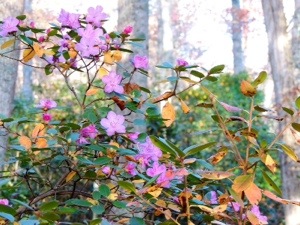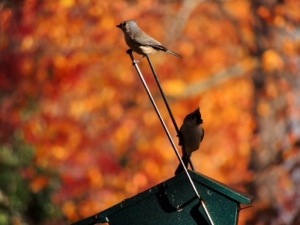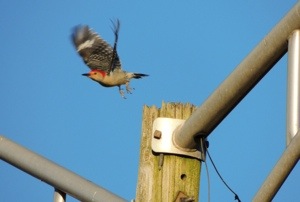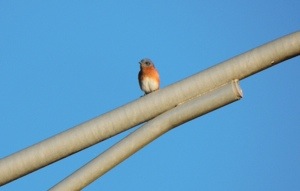November 1 & 2 2013. Hiawassee Ga. We are in spending a few days doing something completely different: going back to school, to the John C. Campbell Folk School where I’m going to learn print-making and my wife will build on her already impressive hand-weaving skills.
Our hotel for the few days before class begins is in the picturesque hills of north-east Georgia. A century or so ago these hills were denuded by the early-white-profiteer style of logging – rip out everything in sight then move on to the next tract. Fortunately, the first President Roosevelt was visionary enough to see the method’s inherent limitations and moved to protect and rehabilitate the lands and create National Parks and Forest Preserves. Today these hills, despite having no virgin or primeval forests (indeed almost nowhere in the east half of the continent does) are nevertheless magnificently forested with White and Longleaf Pine, Tulip Trees, Sourwood, Persimmon, Catawba Rhododendron, Mountain Laurel, and more oak species than I can count. It is a breathtaking spectacle of colour and landscape at every turn and we’ve been told several times that we’re here at the peak of fall-colour. Although the trees are still fully clothed and spectacular they have little resistance left in them to the tugging winds of November, strong gusts stir up tumbling blizzards of fallen leaves. It’ll soon all be over, winter does produce the odd dusting of snow around here, but for now it’s still warm and dazzlingly brilliant.

We find ourselves within a short stroll of the Hamilton Gardens, one of the best, least formal botanical gardens you’re likely to stumble upon. It is a quiet cathedral of a woodland setting for over two thousand rhododendron species and varieties, some of them, for reasons that escape me, are in bloom now (see pictures below). All of the rhododendrons and countless native Azaleas and Flowering Dogwoods seem to be thriving in what must surely be an ideal setting. Note to self: come back in April.
I have taken early morning walks around the gardens and adjacent campgrounds and been astonished by the variety of birds. To some extent I suppose I’ve caught up with some of our retreating summer birds, rather like the band of sweepings ahead of a broom, but there must also be plenty of resident birds here too. Whatever the reason, it’s been quite breath-taking at times to be surrounded by more birds at a glance than I think I’ve encountered for many years.




They fall into loose categories: the One-off Surprise Species like a Blue-headed Vireo seen for a moment from our balcony, a nervous Brown Thrasher anxious to get away from me and a briefly puzzling Pine Warbler. The Always a Treat Species: countless singing Eastern Bluebirds, a Northern Mockingbird eyeing me carefully from the top of a crimson-leaved Flowering Dogwood. The to be Expected Southern Species: Eastern Tufted Titmouses (photo of 2 at a feeder below) and Carolina Wrens. And then there’s the ones I’ve been seeing by the bushel quite recently and now they’re here too: Cedar Waxwings, White-throated Sparrows and Yellow-rumped Warblers. All the woodpeckers: Hairy, Downy and Red-bellied (photo below), Northern Flicker and Yellow-bellied Sapsucker. Among the odds and sods were: flocks of Chipping Sparrows, a couple of Eastern Towhees, and dozens of screeching Blue Jays.
Out of these how could I possibly point to any one as Bird of the Day? Was there one that stopped me in my tracks with an inward Wow! No, it is an embarrassment of riches here, it’s altogether being in the right place at the right time. Georgia birds wins the day .
What a dazzling place you have described, not only birds but flowering shrubs too and in November. This is a must go place to visit. Thanks for the journey.